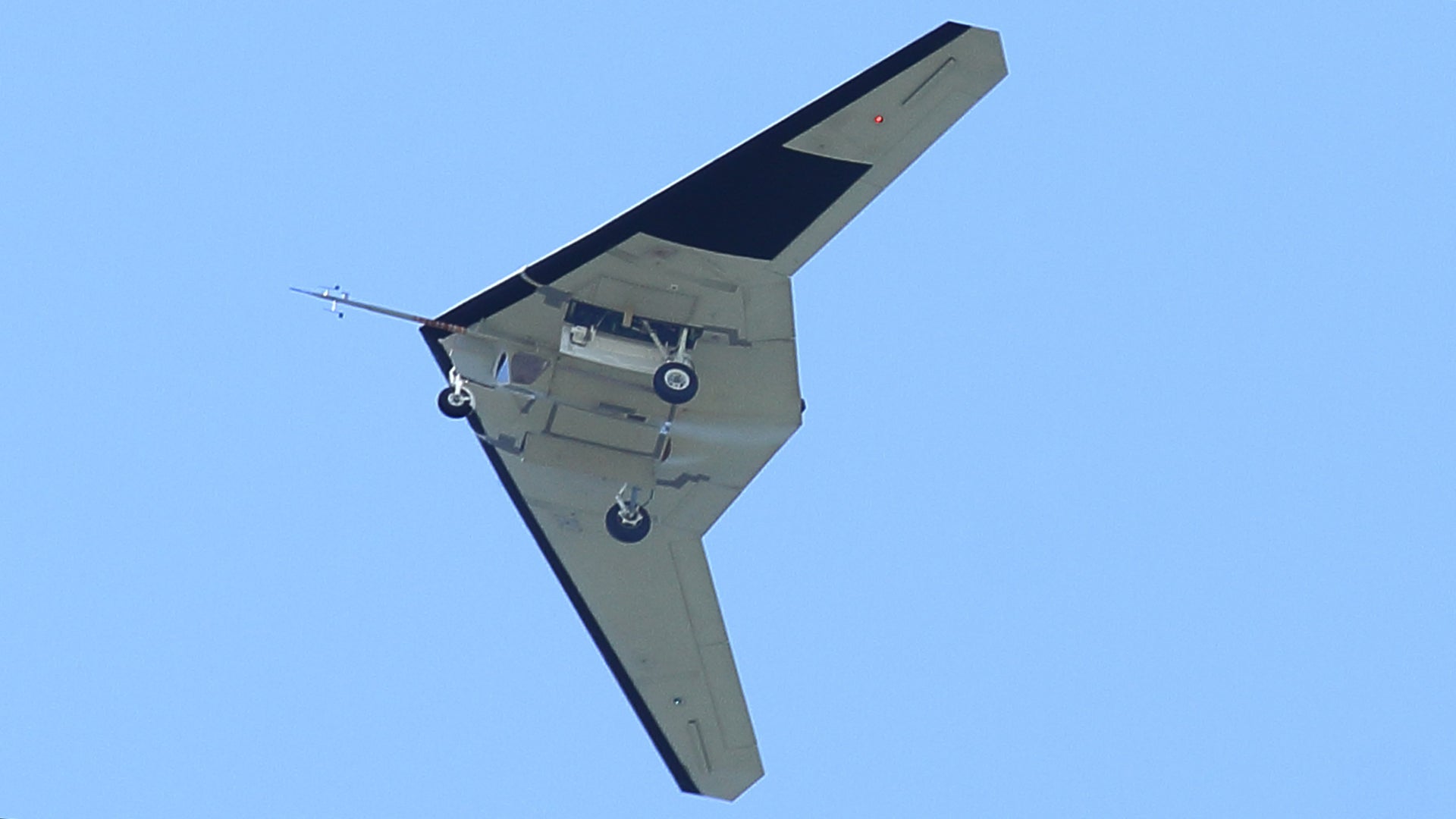The RQ-170 Sentinel remains cloaked in mystery a decade after it was first photographed and nearly six years after the Skunk Works-built flying-wing drone spied on Osama Bin Laden’s compound and later fell into the hands of the Iranian government. In recent years, Sentinels have been photographed and filmed just a handful of times flying in and out of Creech AFB, the USAF’s master unmanned aircraft base located north of Las Vegas.
Although the RQ-170 may still have some presence at shadowy Tonopah Test Range Airport, where the 30th Reconnaissance Squadron was stood up to fly the type in secrecy in 2005, the unit is thought to have moved their operations from the remote base to Creech AFB in recent years. The War Zone’s own Joseph Trevithick learned, via an official USAF document, that the 30th RS had also activated a detachment in 2011 at Vandenberg AFB, of all places. Now, years after this action had supposedly occurred, the first photographic proof of the RQ-170’s presence at Vandenberg is shown below.
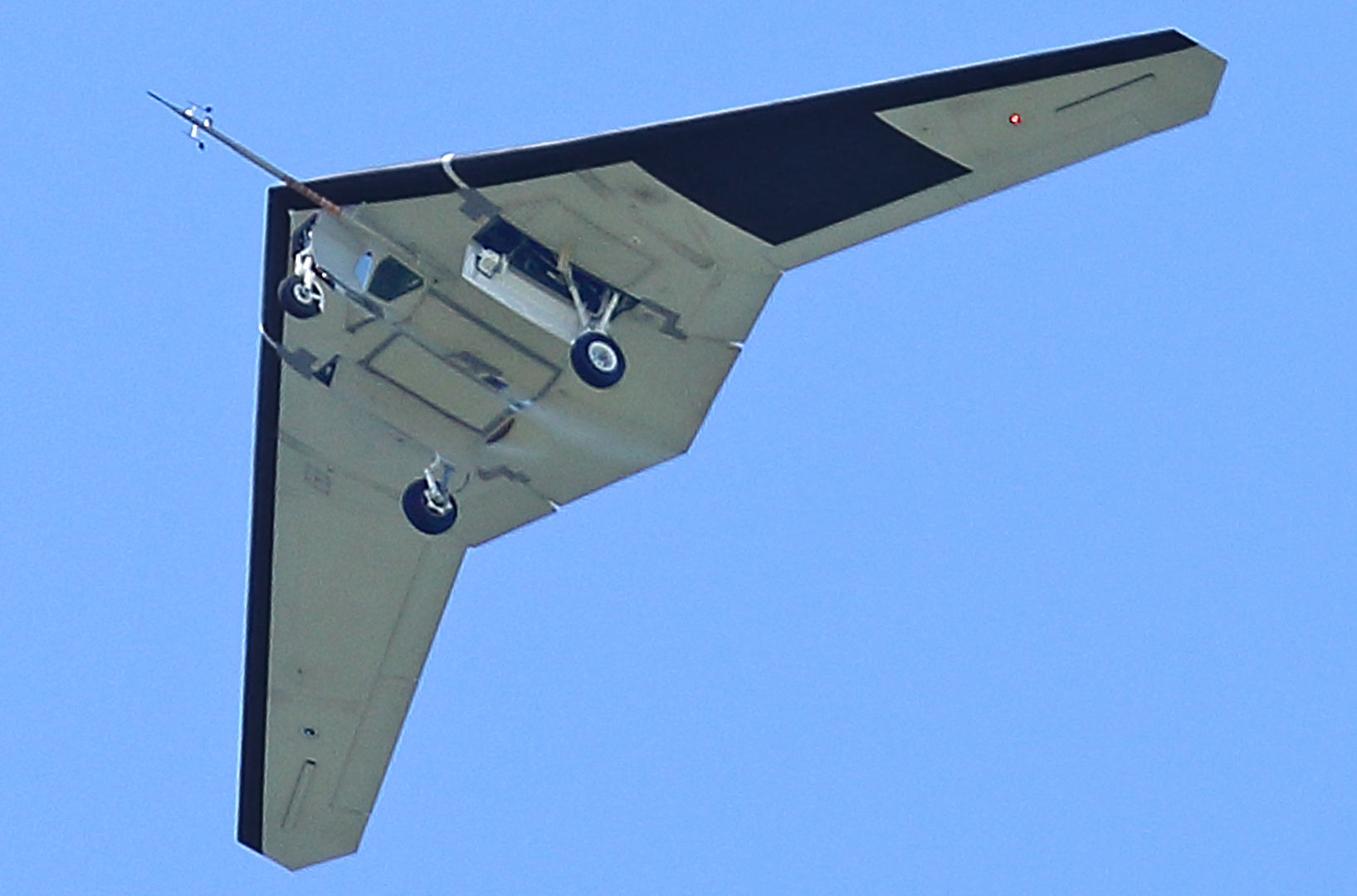
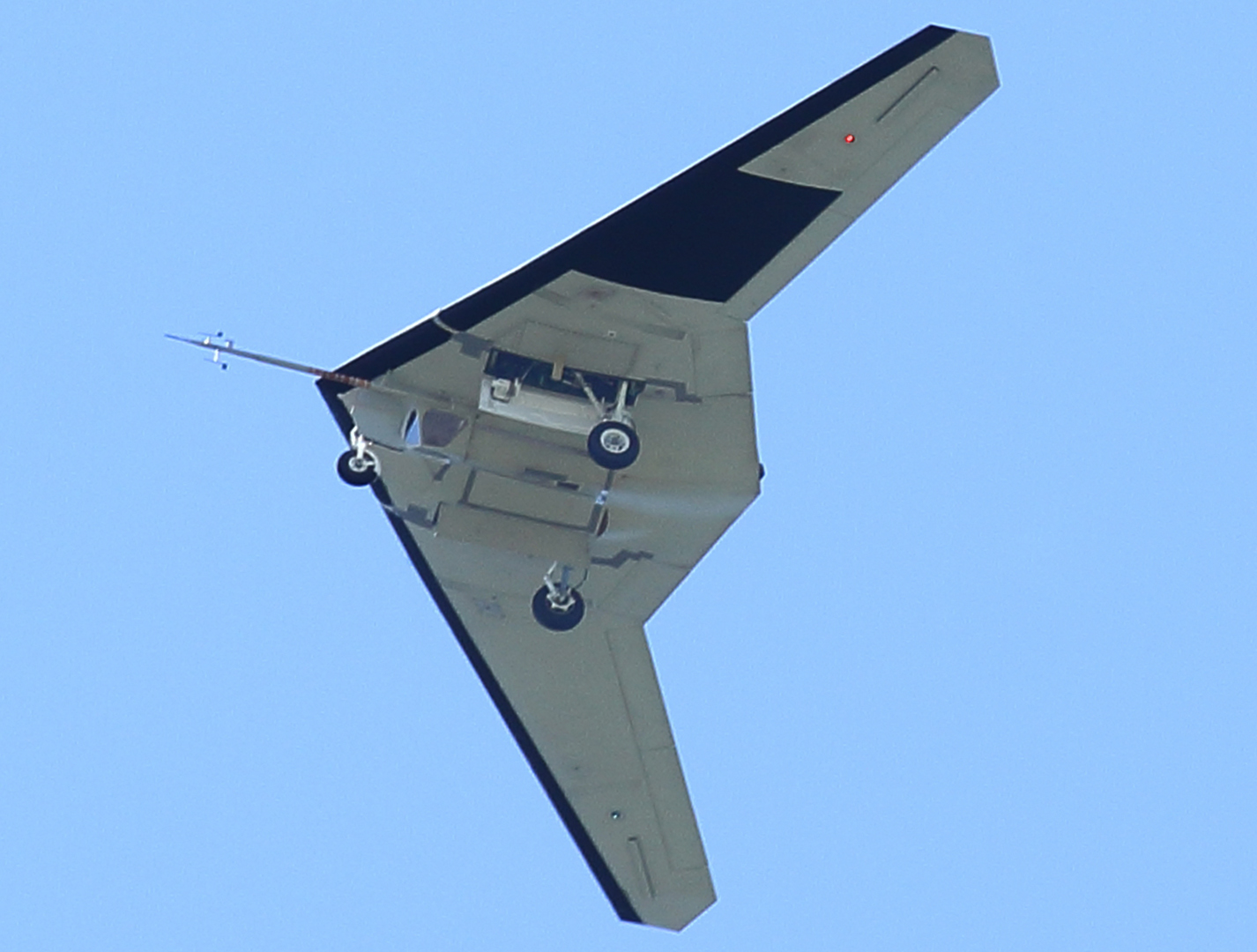
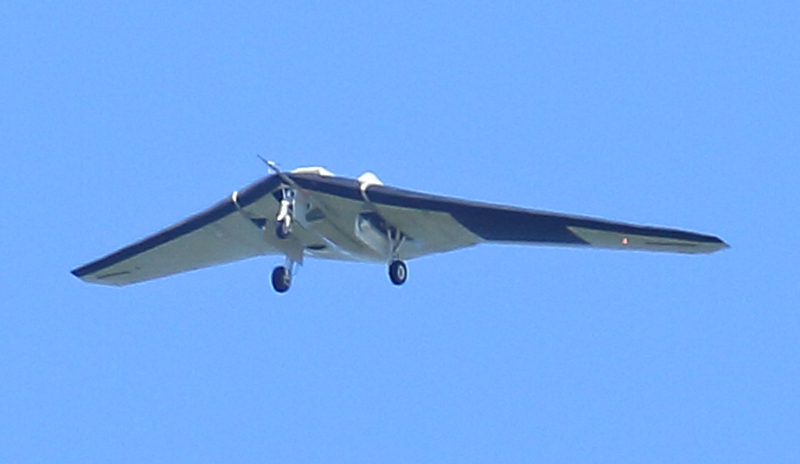
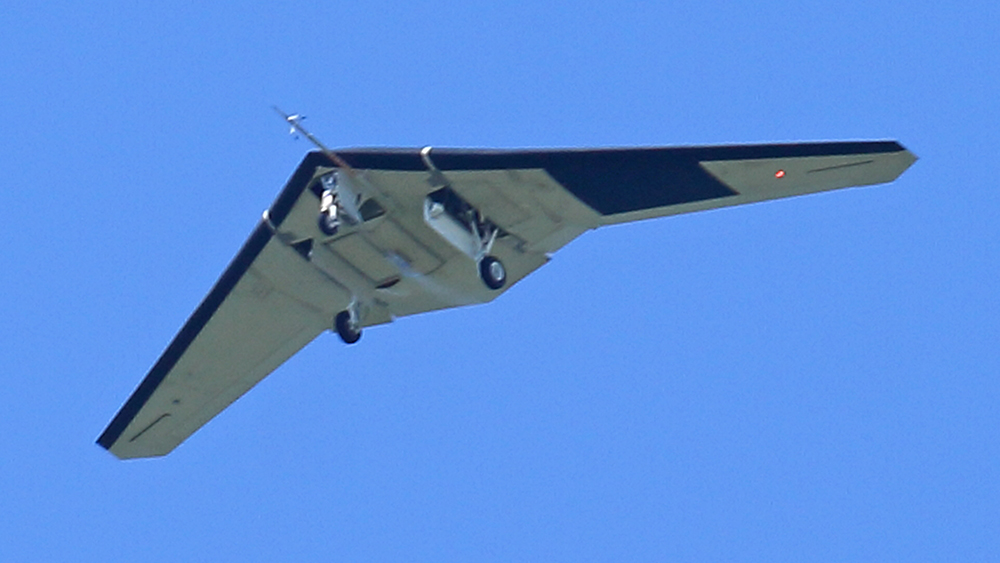
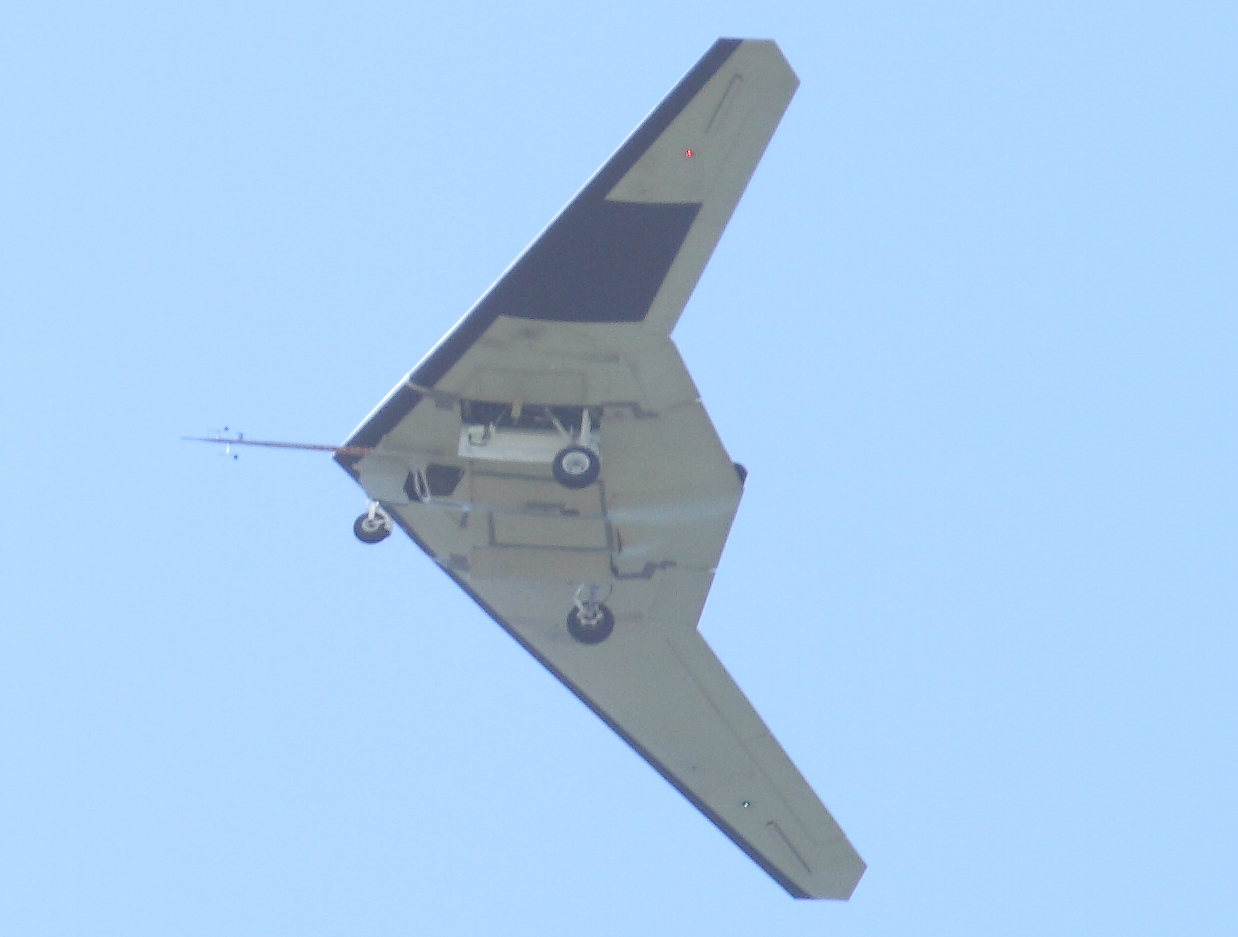
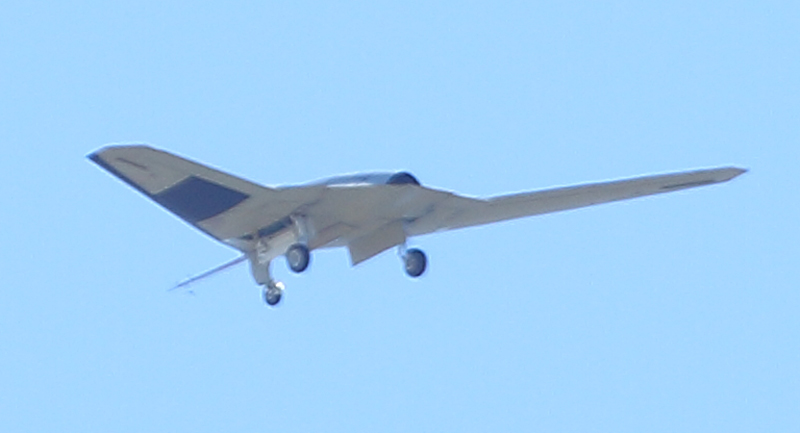
The images were snapped by photographer Matt Hartman while visiting the base to capture the launch of a classified reconnaissance satellite (NROL-79). His images show an RQ-170 like we have never seen before, sporting a large air data boom, a strange hodgepodge of black and white paneling, as well as some other features not seen in prior RQ-170 photos. These include an air inlet on the right-rear underside of the aircraft and what appear to be doors, either for access or otherwise, outboard of the aircraft’s shrouded sensor turret and what is likely a synthetic aperture radar housing that protrudes down the drone’s centerline. Some highly visible air-data sensors are also seen embedded into the drone’s leading edge, and what appear to be some sort of speed-brake like units towards the outer edges of the Sentinel’s wings. These exist on top of the aircraft as well as the Iranians have shown video of their officers messing with them. As for if we are seeing the oldest, or newest evolution of the RQ-170 design, that is not clear, but we can say with certainty that this particular RQ-170 is used for testing purposes.
Vandenberg AFB, nestled along the southern California coastline between Santa Maria and Santa Barbara, is the USAF’s premier ballistic missile test and rocket launch facility, and is not widely known for supporting fixed-wing aircraft programs. The base had been the home of the X-37B miniature spaceplane until recently, when the program moved to Kennedy Space Center in Florida. Before that the RQ-4 Global Hawk used the base for testing, with the runway’s somewhat even slope and close proximity to the sea acting as a proving ground before the high-altitude, long-endurance unmanned aircraft deployed to Guam for the first time. But beyond this, Vandenberg AFB has no aircraft permanently assigned to it.
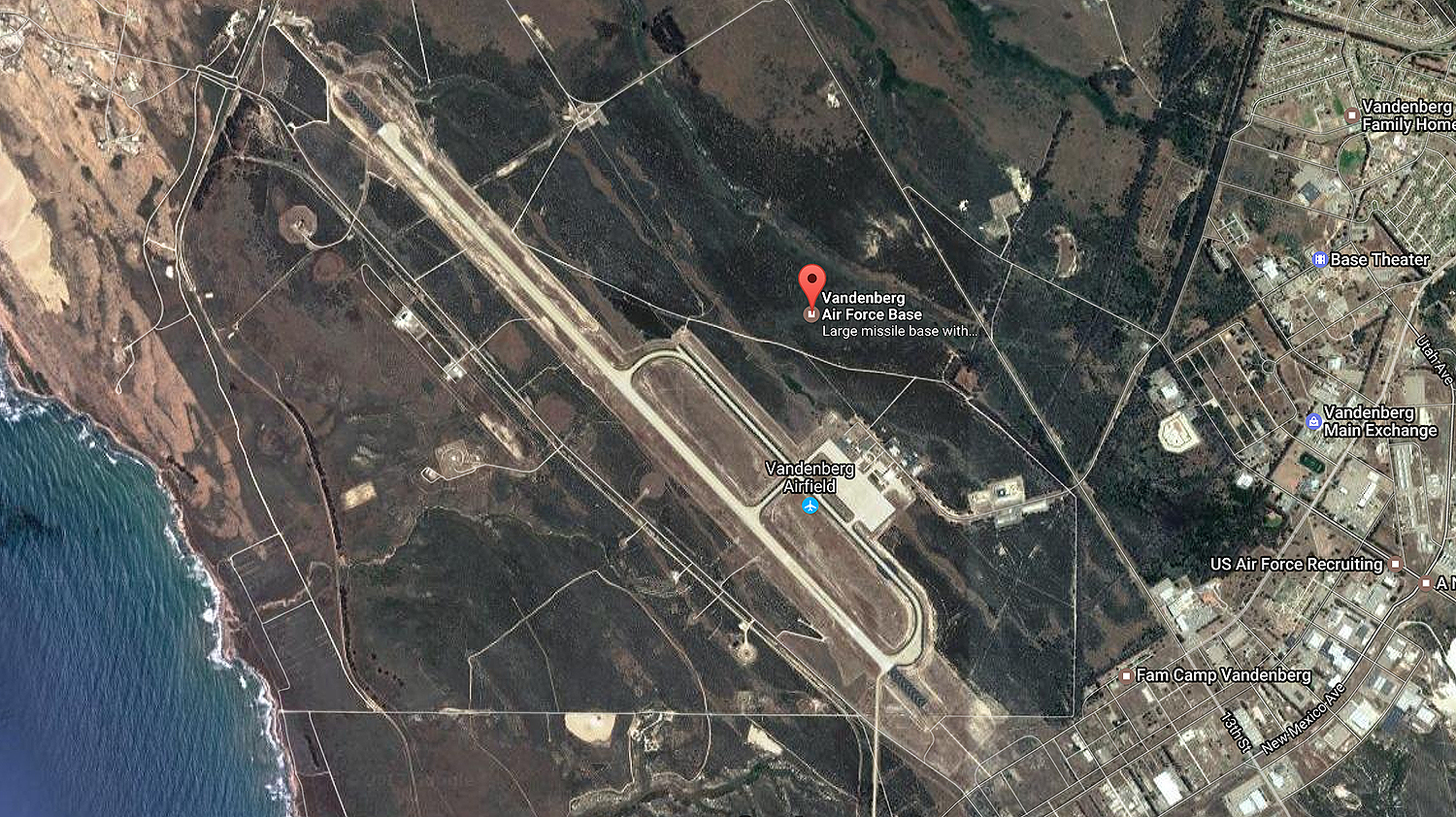
These is just one large hangar and some smaller support buildings near the base’s massive runway. To the southwest, the old Orbiter Processing Facility that was built to support the failed military Space Shuttle program and its co-located SLC-6 launch complex is connected to the runway via a long taxiway. It is unknown what this facility is used for today, but it appears to feature high security and is still active, judging from satellite photos.
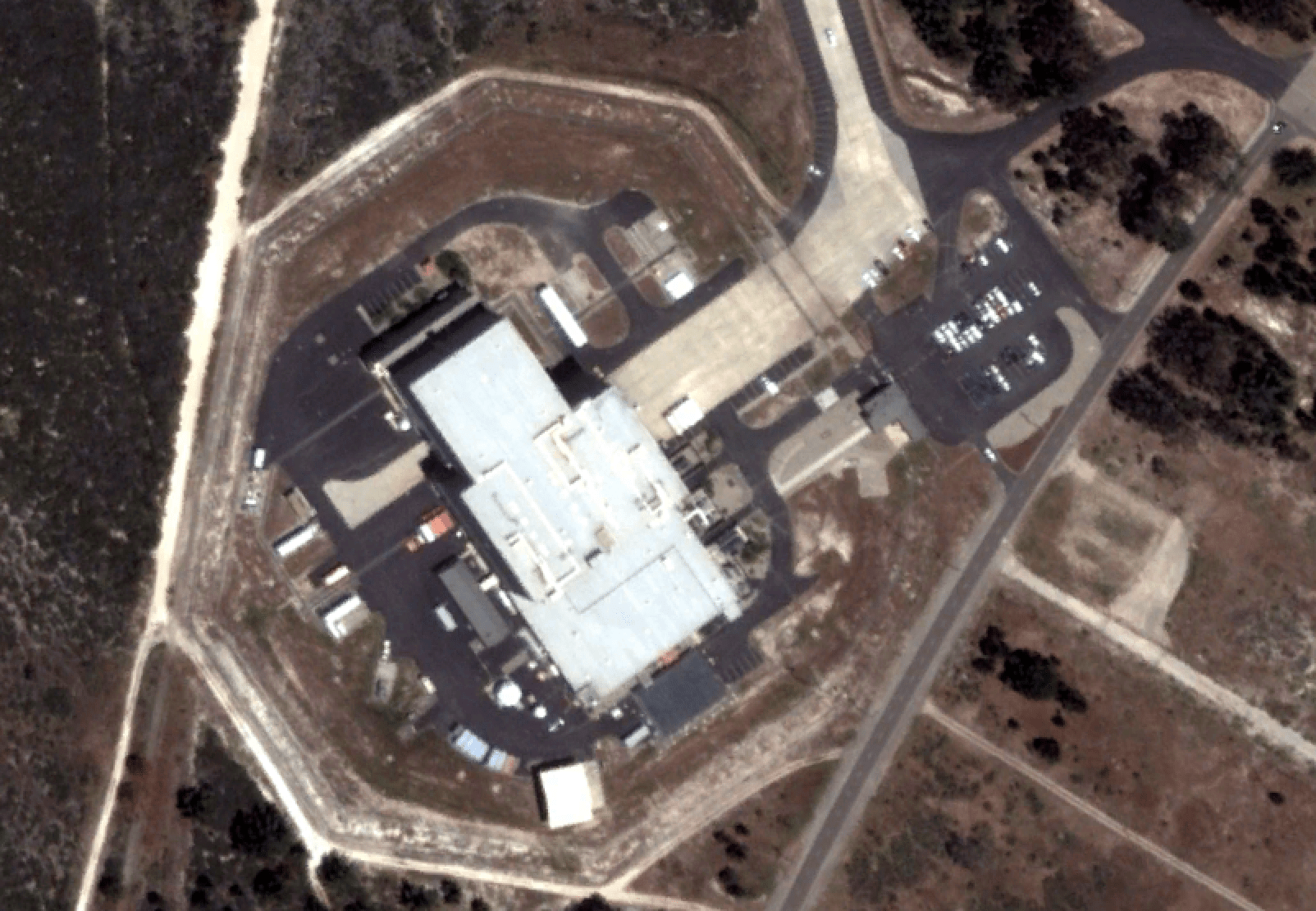
Vandenberg’s 15,000-foot runway is mainly used to support aerial transports moving missile and rocket material to and from the installation, and to provide a practice runway for military aviation units based all around California. A 2011 report noted that the airfield had just 4,000 operations a year, a tiny number compared to other USAF installations. But those operations are condensed largely within a nine hour timeframe each day, as the field is open from 8AM to 5PM and closed on weekends. It is possible that the base opens up for limited operations at other hours to support testing and classified programs, and there have been times when the base’s large runway is restricted even for transient military traffic.
So why base a detachment of RQ-170s at Vandenberg? First off, the base is relatively secluded, has high security, and as mentioned earlier, the RQ-170 would not have to compete with many other aircraft based there for runway time. Additionally, it gives incredible access to the Navy’s massive Pacific Range complex, including certain Channel Islands that are used exclusively for military training and weapons development.

For instance, one of the RQ-170’s missions is to provide overwatch, including streaming video to commanders (and possibly communications relay), for special operations units operating in contested territory. Members of SEAL Team Six supposedly had an RQ-170 overhead during Operation Neptune Spear—the mission to kill or capture Osama Bin Laden. One of the SEALs’ most elaborate and remote training grounds—one that also blends water and land operations—is located on the northern tip of San Clemente Island (you can read all about it here). San Nicolas Island hosts live weapons tests and an active bombing range. The island is also equipped with multiple threat emitters that mimic enemy radar and electronic warfare systems. The RQ-170 is known to have worked with the B-2 and other assets when it comes to targeting and bomb damage assessment. RQ-170s could use these facilities to develop and hone their tactics and interoperational capabilities. But above all else, these vast military operating areas located right off Vandenberg’s coast provide a safe and secure place for experimenting with new technologies without the risk of an aircraft crashing to the ground in a populated area, something that the RQ-170 may have already done in the past.
Just like the Global Hawk, the RQ-170 is known to have been deployed to Guam, and other potential operating locations could take the aircraft over water. Testing and training to operate the Sentinel in a similar maritime environment that it could face operationally isn’t just prudent, but it may also be necessary. In fact, the RQ-170, with its electo-optical sensors and what most experts think is a highly sensitive AESA-based synthetic aperture radar (like the ASQ-236), could make the aircraft a potent targeting and surveillance node in an anti-access maritime and/or littoral combat environment. Proving that the RQ-170’s talents can be applied to the surface warfare realm would require that the aircraft have access to such an environment, and the middle of the Nevada desert surely does not offer that kind of an opportunity, but Vandenberg AFB certainly does.
Don’t be surprised if more unmanned aircraft testing, development and training makes its way to Vandenberg in the future, especially if the USAF ever brings the swarming UCAV revolution into the light. There is plenty of room along the runway at Vandenberg to build new ramp space, hangars and other facilities if they are required. With the RQ-4, X-37B and now the RQ-170 having used the site for various parts of their development, it only makes sense that more of the USAF’s most sophisticated drones, both known and unknown, will call the site home at some point in time. In fact, the Vandenberg is currently in the running to house a wing of MQ-9 Reaper drones, which would see aircraft permanently assigned to installation. This would kickstart facilities expansion uniquely tailored to unmanned aircraft mission, and would give the base a whole new and exciting mission as passes its 60th year of operations.
Contact the author: Tyler@thedrive.com
